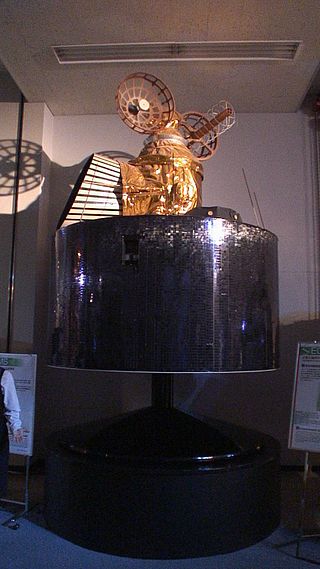Top Qs
Timeline
Chat
Perspective
Himawari (satellites)
Geostationary Meteorological Satellite From Wikipedia, the free encyclopedia
Remove ads
The Himawari (ひまわり; 'sunflower') geostationary satellites, operated by the Japan Meteorological Agency (JMA), support weather forecasting, tropical cyclone tracking, and meteorology research. Most meteorological agencies in East Asia, Southeast Asia, Australia and New Zealand use the satellites for their own weather monitoring and forecasting operations.
This article has multiple issues. Please help improve it or discuss these issues on the talk page. (Learn how and when to remove these messages)
|

Originally also named Geostationary Meteorological Satellites (GMS),[1] since the launch of GMS-1 (Himawari 1) in 1977, there have been three generations, including GMS, MTSAT, and Himawari 8/9; Himawari 8/9 satellites are currently available for operational use.
Remove ads
Status
Remove ads
History
In March 2023, Mitsubishi Electric announced that they had won the contract to build Himawari 10.[4] Himawari 10 was originally scheduled to be launched in the fiscal year of 2028 (April 2028-March 2029),[5] but has been delayed to the fiscal year of 2030 (April 2030-March 2031) due to development of a satellite component being slower than expected.[6]
See also
References
External links
Wikiwand - on
Seamless Wikipedia browsing. On steroids.
Remove ads
